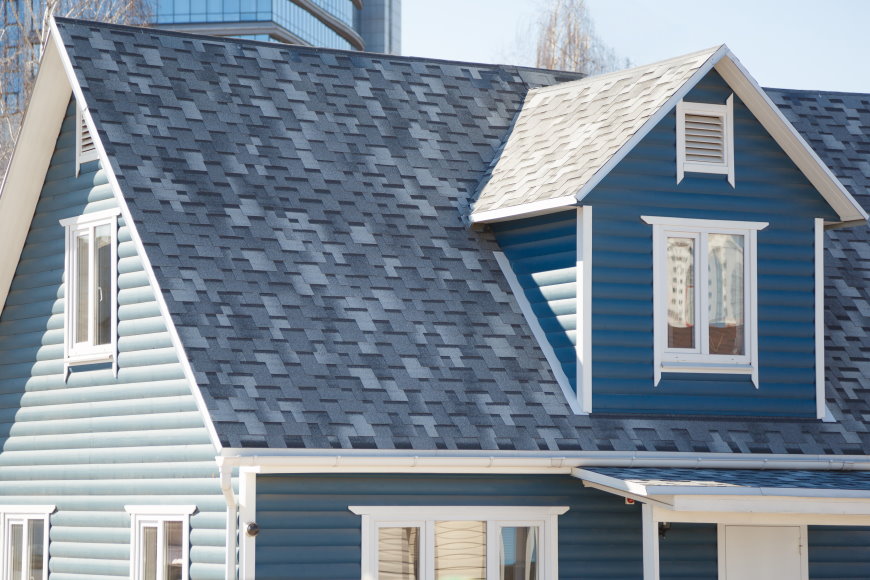A gable roof is the classic, most commonly occurring roof shape in those parts of the world with cold or temperate climates. It consists of two roof sections sloping in opposite directions and placed such that the highest, horizontal edges meet to form the roof ridge. The design of this type of roof is achieved using rafters, roof trusses or purlins. The pitch of the roof and the height of the gutters can vary greatly.
The reason why the gable roof is so common is the simple design of the roof timbers and the rectangular shape of the roof sections. This avoids details which require a great deal of work or cost and which are prone to damage. If the pitch or the rafter lengths of the two roof sections are different, it is described as an ‘asymmetrical gable roof’. A gable roof on a church tower (gable tower) is usually called a ‘cheese wedge roof’.
Its versatility means that the gable roof is used in many regions of the world. In regions with strong winds and heavy rain, gable roofs are built with a steep pitch in order, for example, to prevent the ingress of water. By comparison, in mountain and alpine regions, gable roofs have a more shallow pitch, because this supports snow better and reduces the risk of an uncontrolled avalanche. Another reason is that due to its high insulation qualities the snow layer acts as insulation against heat loss during winter time and this insulation layer remains atop the shallow roofs longer than on steeper angled roofs.

